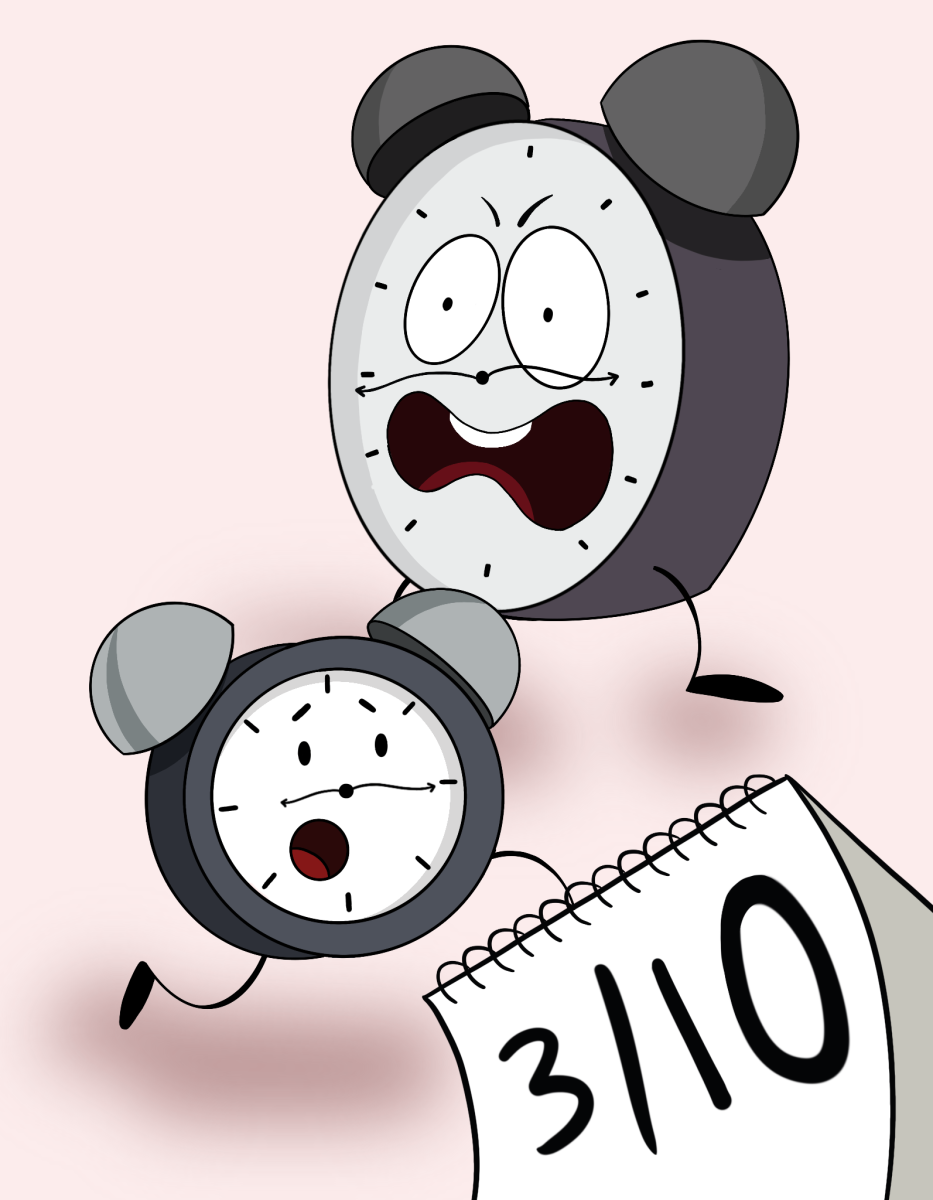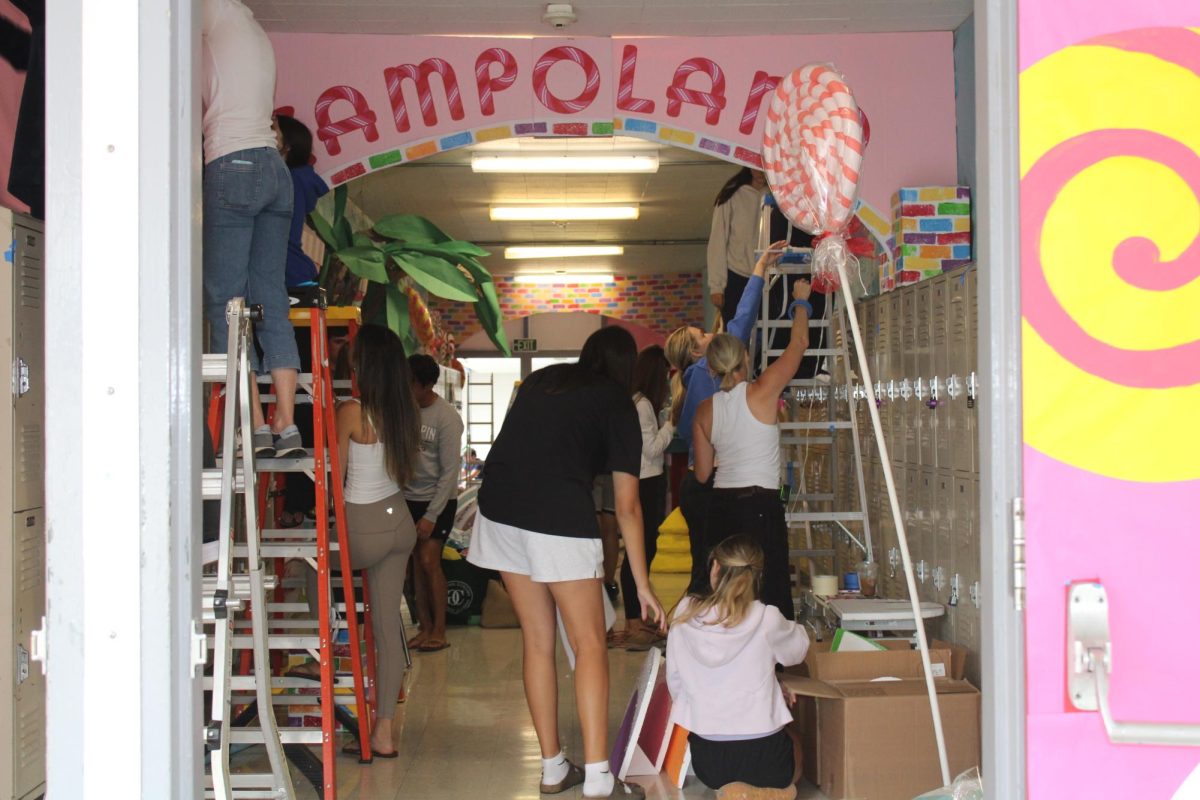In the early hours of Sunday, March 10, daylight saving time began. Though an hour of sleep was sacrificed, an extra hour of sunlight in the evening took its place.
Every year the “spring forward” begins the second Sunday of March and then concludes the first Sunday of November when the clocks fall back an hour. This spring daylight saving time has brought longer evenings during the warmer months with sun setting at just after 7 p.m.
“Personally I feel like the spring time change is always harder because you’re losing an hour of sleep,” said junior Amelia Ra. “When it’s dark I think I have extra time to sleep in the morning when I don’t, so I end up coming to school later than I’d like,” she noted. To combat the drowsiness of losing an hour of sleep and adjusting to the different lighting, Ra has made sure to “drink more coffee.”
“By third period on Monday I was very tired and wanted to go to sleep,” said senior Hazel Krozek after the first day of daylight saving messed with her sleep schedule making her, “more tired than usual and late to school”. Although the fall time change means an extra hour of sleep Krozek prefers, “the spring change because [she] knows summer is close.” To help her feel more motivated to get out of bed earlier and stay awake Krozek enjoys “going to Starbucks to get an iced chai with a shot of espresso,” which she highly recommends to any tired students.
Junior Isabella Tritto also finds the spring time change to be a challenge. “I love the fall time change because I get an extra hour to sleep or to do whatever else I want,” she said. Tritto has found it easier to adjust to an hour added to the day than to an hour lost. She noted, “the spring change is always more difficult and is pretty brutal for my sleep schedule.”
The change of the clock ultimately created a change in routine for many students. As the spring months progress into summer the sun will continue to stay out later until the “fall back” returns.



